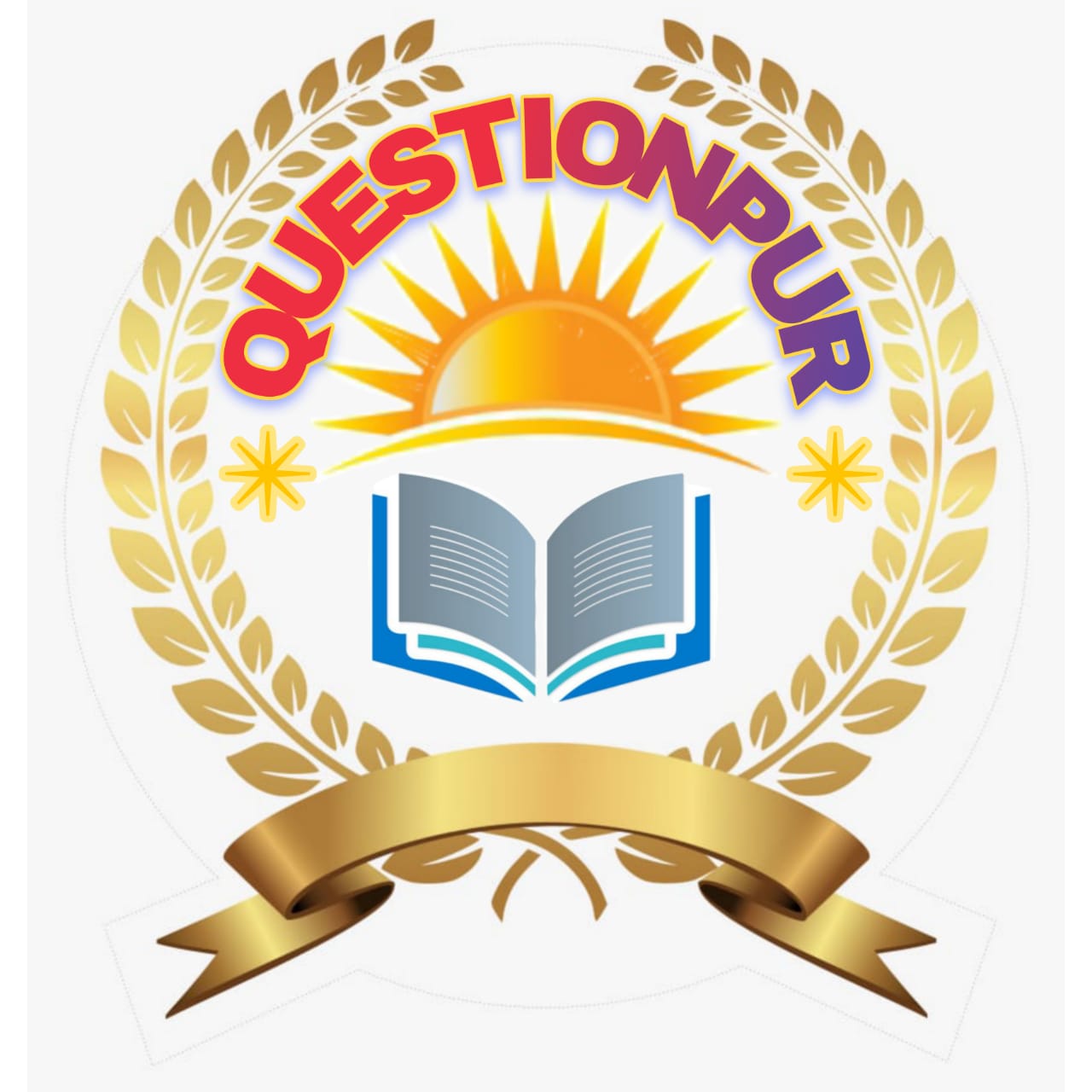Construction Of Achievement Tests
Steps of Construction of Objectives Type Achievement Tests According to Stanley and Ross, there are four steps of constructing the objective type test:
(1) Planning,
(2) Preparing,
(3) Trying out and
(4) Evaluation.
First Step Planning:
This step includes the following activities-:
(1) Fixing up the objectives.:
(2) Writing objectives in behavioural terms.
(3) Task analysis and content analysis.
(4) Determining the type, and forms of items.
(5) Preparation of table of specifications.
(6) Taking a decision about mechanical aspects, duration number of items, size of letters and printing etc.
(7) Evaluating the instructions.
Second Step:
Printing Test Items: In the second step, items are written. The table of specifications provides a guideline for this purpose. Generally, two types of items are prepared for constructing an objective type test-Recognition and Recall type items.
(a) Recognition Type Items:
The form of items is such that the student has to select the best or correct answers. These may be of the following forms:
(1) True/False or Write/Wrong type or Alternative response,
(2) Multiple choice type,
(3) Matching type',
(4) Classification type, and
(5) Analogy type.
(b) Recall Type Items:
The recall type items require that the student has to supply the correct answer for a question. They are also known as short answer type questions. The recall-type items are classified into two categories:
(1) Simple Recall type, and (2) Completion type.
These items may be understood by studying- the following aspects
(i) Meaning and definition of the type of items,
(ii) Example of form,
(iii) Formula of guessing,
(iv) Advantages and limitations and
(v) Precautions.
Third Step:
Trying Qut of Test:
After writing the items, an initial draft of the test is prepared. The items are improved and modified on the basis of individual and group tryouts. The following activities are performed in this step:
(1) Pre-tryout is done on small groups of students (to improve the language ambiguity and difficulty of the items.
(2) Proper tryout is done for item analysis.
(a) Difficult values and discriminative powers are calculated for each Item of the test.
(b) Items are selected, rejected and modified on the basis of tryout,
(c) The final form of a test is prepared. The items are arranged in difficult order. The easiest item is placed first and the most difficult at the least.
Fourth Step:
Evaluation; The final form of the test is evaluated in terms of various kinds of error measurement. The final form of a test is administered to a large group of the target population. The student's scores on the test are used for the following purposes:
(1) Estimating reliability coefficient.:
(2) Calculating the validity coefficient.
(3) Developing;' norms of the test, and
(4) Preparation of the test manual.
The objective-type tests are reliable and valid. Therefore, They are used in constructing the criterion test for measuring the learning objectives.
Read More-





